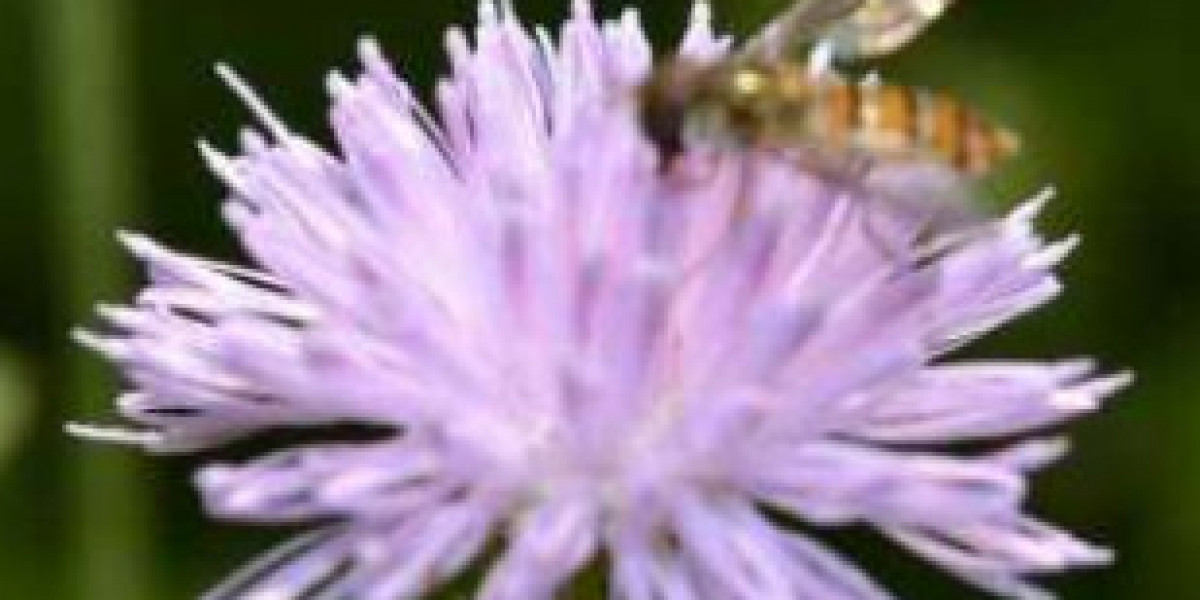Linen yarn, a testament to the timeless elegance of natural fibers, has graced human clothing and textiles for centuries. Derived exclusively from the flax plant, this versatile yarn boasts a unique combination of properties that make it a sought-after choice for both traditional and modern applications.

Unique Properties of Linen Yarn
1.Natural Comfort
At the heart of linen's allure lies its inherent naturalness. Flax fibers, being plant-based, possess excellent breathability and moisture-wicking capabilities, makinglinen yarnthe ideal choice for garments that ensure all-day comfort, especially in warmer climates.ASIN TEX's linen yarn is carefully selected for its superior softness and cooling effect, ensuring a luxurious feel against the skin.
2.Durability and Strength
Despite its lightweight and airy texture, linen yarn is remarkably durable and strong. The long, sturdy fibers of flax resist tearing and pilling, ensuring that ASIN TEX's linen products retain their integrity and appearance even after extended use and multiple washes. This durability translates into long-lasting value for consumers.
3.Versatility in Styling
Linen yarn's ability to hold dyes beautifully adds to its versatility. From muted neutrals to vibrant hues, ASIN TEX offers a wide range of colors to suit every style preference. Its crisp, natural drape also makes it a favorite for creating everything from tailored suits to relaxed summer dresses, catering to diverse fashion needs.
4.Eco-Friendliness
In today's environmentally conscious world, linen yarn stands out as a sustainable choice. Flax is a renewable resource that requires minimal pesticides and fertilizers during cultivation, making it a more eco-friendly alternative to synthetic or heavily treated fabrics. ASIN TEX prioritizes sourcing from responsible suppliers, ensuring that its linen yarn contributes positively to the planet's well-being.
Production Process of Linen Yarn
1.Cultivation and Harvesting
The journey of linen yarn begins with the cultivation of the flax plant. Once mature, the plants are harvested, typically by hand or machine, to minimize damage to the valuable stems.
2.Retting and Degumming
The harvested flax stems undergo a process called retting, where they are soaked in water or exposed to dew and bacteria to break down the gummy substances binding the fibers together. This is followed by degumming, a more intensive process that removes remaining impurities and prepares the fibers for spinning. ASIN TEX employs advanced techniques to ensure efficient and gentle degumming, preserving the integrity of the fibers.
3.Fiber Preparation and Spinning
After degumming, the fibers are dried, combed, and processed into a uniform sliver ready for spinning. The spinning process involves twisting the fibers together to form a continuous yarn. ASIN TEX utilizes precision machinery to ensure consistent quality and strength in its linen yarn, resulting in a smooth, even texture.
4.Dyeing and Finishing
To achieve the desired colors and textures, the yarn undergoes dyeing and finishing processes. ASIN TEX carefully selects eco-friendly dyes and finishing techniques that not only enhance the yarn's appearance but also maintain its natural breathability and comfort.
Conclusion
Linen yarn, with its unique blend of natural comfort, durability, and eco-friendliness, is a cherished textile material. ASIN TEX, through its meticulous production process and commitment to quality, brings forth linen yarn that embodies these qualities and more. By highlighting these selling points, ASIN TEX invites consumers to experience the timeless elegance and superior performance of its linen yarn offerings.
https://www.asinyarn.com/analysis-of-the-properties-and-production-process-of-linen-yarn.html







